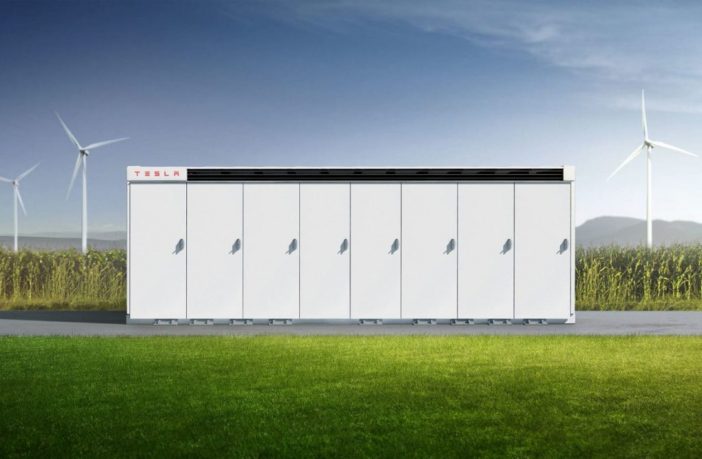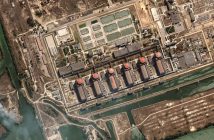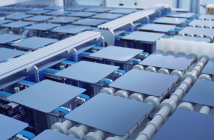News Flash
- Tesla watchers report that the company has shifted to cobalt-free lithium iron phosphate (LFP) batteries for its 3 MWh Megapack energy storage product.
- The shift to LFP cathode batteries could cut costs and ease demand for supply-constrained nickel-based battery production capacity.
LFP batteries are typically less expensive to produce, but they also are less energy-dense than the nickel-manganese-cobalt (NMC) cells used by Tesla in its electric vehicles.
The Megapack has a maximum energy capacity of 3 MWh per unit and is claimed to require 40% less space and fewer parts than other systems on the market. Reports said that with LFP batteries, the Megapack could see lower production costs, which could be passed on to customers of grid-scale storage technology.
Last year, the EV car manufacturer deployed 3 GWh of storage in a single year for the first time. That was an 83% increase against 2019. The company attributed much of this growth to the popularity of its utility-scale storage product, Megapack
Author: David Wagman
This article was originally published in pv magazine USA and is republished with permission.











